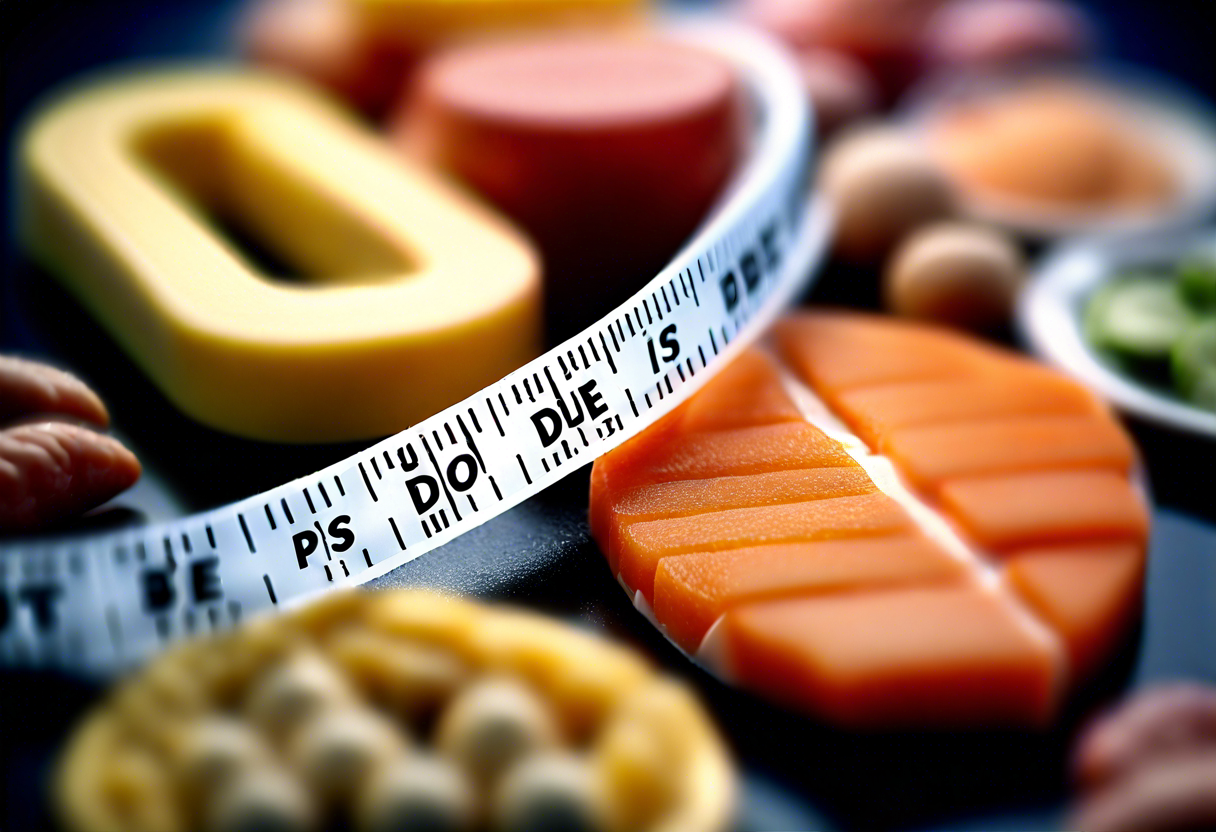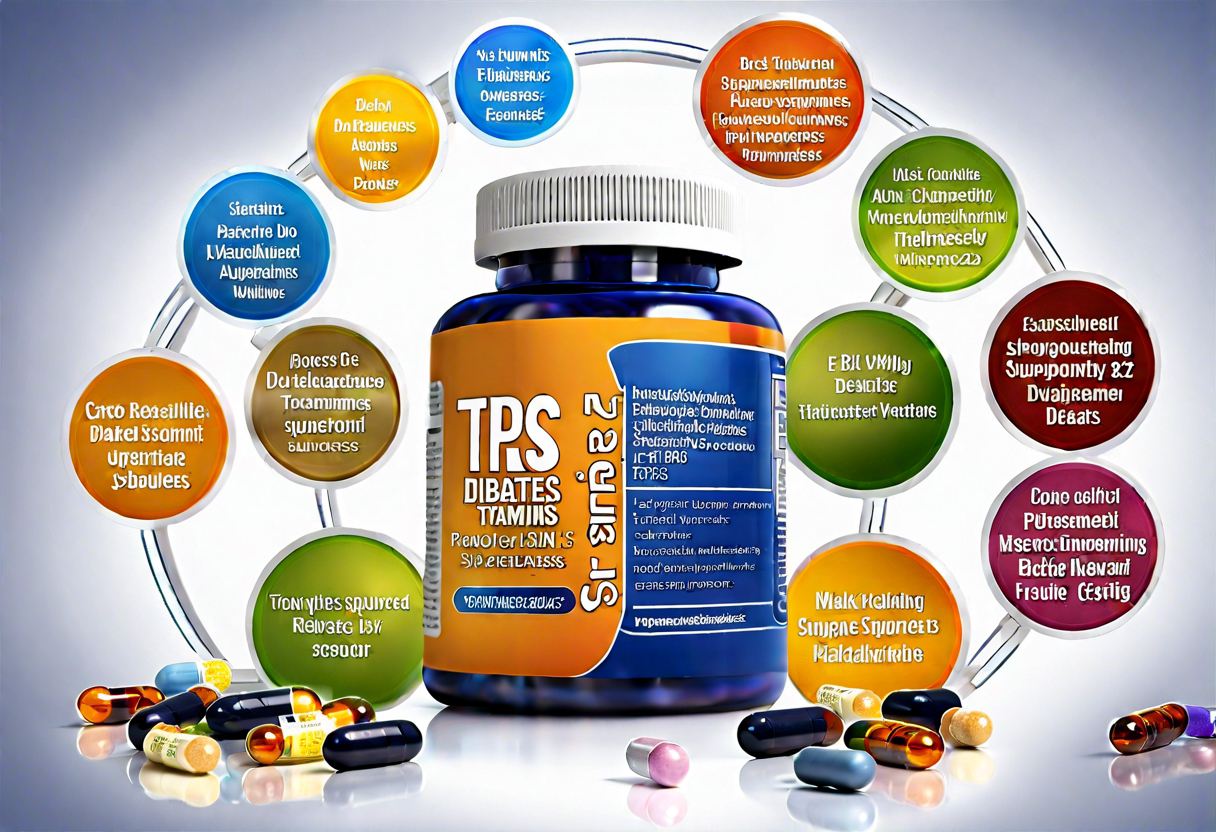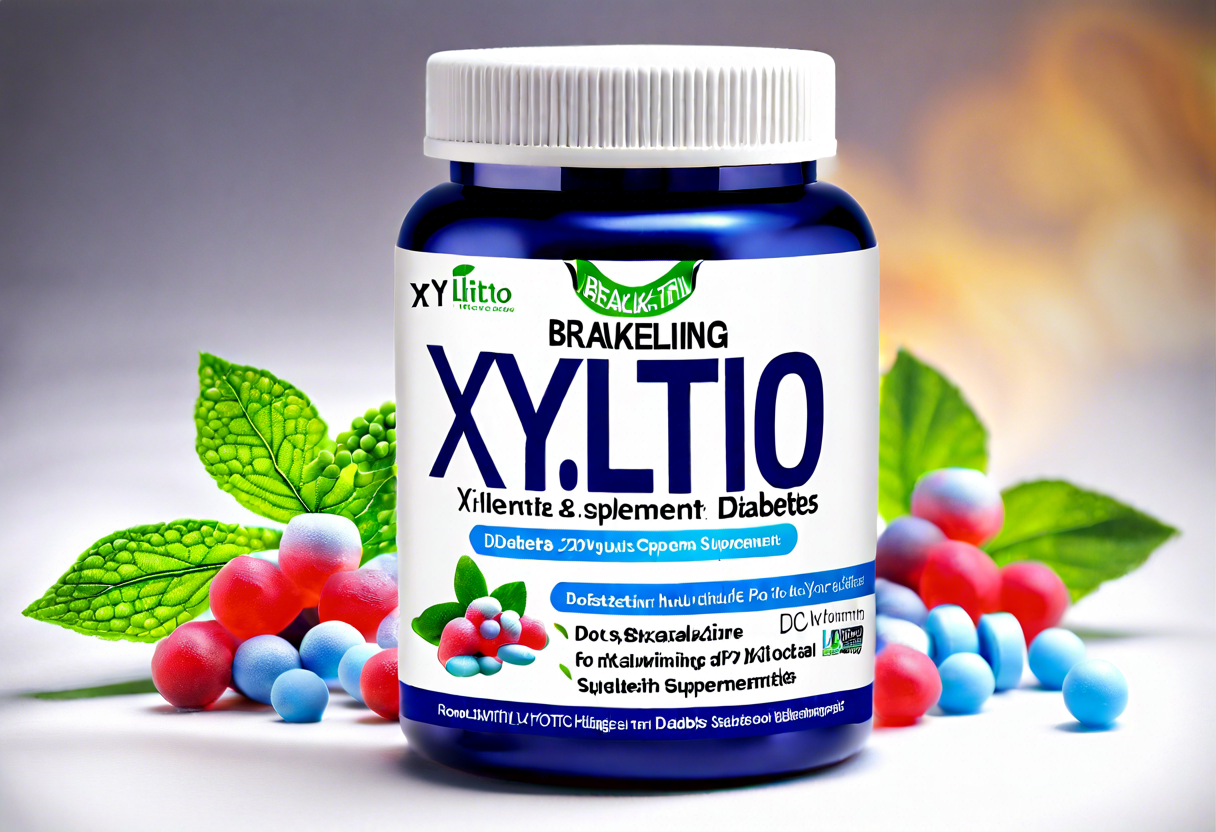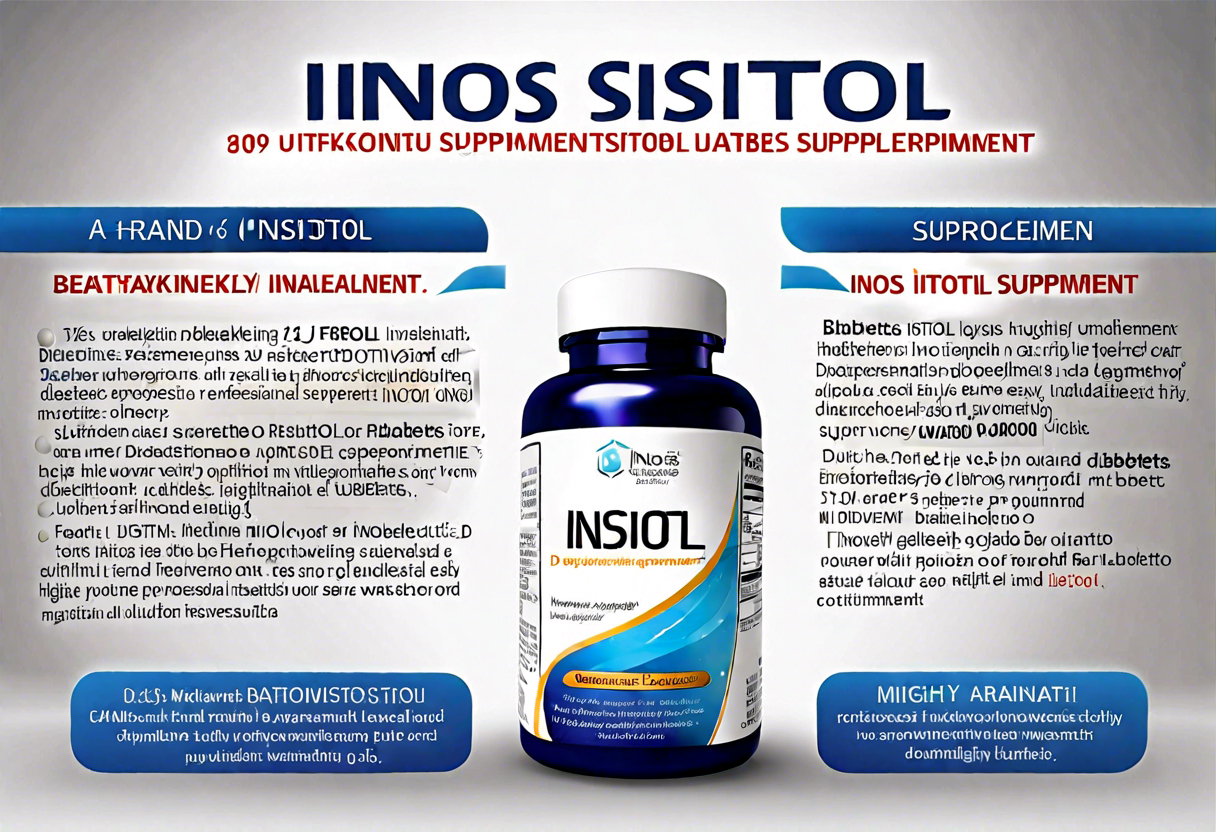The Importance of a Healthy Diet in Reversing Type 2 Diabetes
Living with type 2 diabetes can be challenging, but following a healthy diet can play a significant role in managing and even reversing this condition. A healthy diet is crucial for individuals with type 2 diabetes as it can help regulate blood sugar levels, improve insulin sensitivity, and promote overall well-being.
One of the key principles of a type 2 diabetes reversal diet is to focus on consuming whole, nutrient-dense foods while minimizing the intake of processed and sugary foods. This approach aims to provide the body with essential nutrients, fiber, and antioxidants, while avoiding spikes in blood sugar levels.
A variety of fruits and vegetables into the diet is vital for individuals with type 2 diabetes. These foods are rich in vitamins, minerals, and fiber, which can help improve blood sugar control and promote overall health. Leafy greens, such as spinach and kale, are particularly beneficial due to their low glycemic index and high nutrient content.
Lean sources of protein, such as chicken, turkey, fish, and tofu, should also be included in a type 2 diabetes reversal diet. Protein helps to stabilize blood sugar levels and provides a feeling of fullness, which can aid in weight management. It is important to choose lean protein sources to avoid added saturated fats.
Whole grains are another essential component of a healthy diet for individuals with type 2 diabetes. Foods like quinoa, brown rice, and whole wheat bread are rich in fiber and have a lower glycemic index compared to refined grains. This means they release sugar into the bloodstream more slowly, resulting in better blood sugar control.
Avoiding sugary beverages and opting for water as the primary hydration source is crucial for individuals with type 2 diabetes. Sugary drinks can cause spikes in blood sugar levels and contribute to weight gain. Water, on the other hand, is calorie-free and helps flush out toxins from the body.
In addition to making healthy food choices, portion control is also essential for individuals with type 2 diabetes. Eating smaller, frequent meals throughout the day can help prevent blood sugar spikes and keep energy levels stable. This approach can reduce the reliance on medication and contribute to long-term diabetes management.
Adopting a healthy diet is a cornerstone for reversing type 2 diabetes. By focusing on whole, nutrient-dense foods, individuals can improve blood sugar control, manage weight, and enhance their overall well-being. It is important to consult with a healthcare professional or a registered dietitian to create a personalized type 2 diabetes reversal diet plan that suits individual needs and preferences.
The Key Components of an Effective Type 2 Diabetes Reversal Diet
A well-designed diet is crucial for managing and reversing type 2 diabetes. While there is no one-size-fits-all approach, certain key components are essential for an effective type 2 diabetes reversal diet.
-
Low Glycemic Index Foods: foods with a low glycemic index (GI) is essential in managing blood sugar levels. These foods release glucose into the bloodstream slowly, preventing sudden spikes in blood sugar. Examples of low GI foods include whole grains, legumes, non-starchy vegetables, and most fruits.
-
High Fiber Intake: Fiber-rich foods are beneficial for individuals with type 2 diabetes as they help regulate blood sugar levels and improve insulin sensitivity. Foods such as whole grains, beans, nuts, seeds, and fruits are excellent sources of dietary fiber.
-
Lean Protein Sources: Including lean protein sources in your diet helps regulate blood sugar levels and promotes satiety. Options such as skinless poultry, fish, tofu, legumes, and low-fat dairy products can be incorporated into meals for a balanced type 2 diabetes reversal diet.
-
Healthy Fats: Healthy fats, including monounsaturated and polyunsaturated fats, are important for heart health and managing blood sugar levels. Sources of healthy fats include avocados, nuts, seeds, olive oil, and fatty fish like salmon.
-
Portion Control: Proper portion control is key to managing calorie intake and blood sugar levels. By avoiding oversized portions and practicing mindful eating, individuals with type 2 diabetes can maintain a healthy weight and improve glucose control.
-
Regular Meal Times: Consistency in meal timing is crucial for individuals with type 2 diabetes. This helps regulate blood sugar levels and prevents excessive fluctuations. It is recommended to eat meals at regular intervals and avoid long gaps between meals.
-
Limit Refined Carbohydrates and Sugary Foods: Refined carbohydrates, such as white bread, white rice, and sugary snacks, can cause rapid spikes in blood sugar levels. To promote healthy blood sugar control, it’s important to limit or avoid these foods and opt for whole grain alternatives instead.
-
Hydration: Staying hydrated is essential for overall health, including blood sugar management. Drinking an adequate amount of water throughout the day helps maintain proper hydration and supports optimal bodily functions.
Remember, it is important to consult with a healthcare professional or registered dietitian before embarking on a type 2 diabetes reversal diet. They can provide individualized guidance and help create a meal plan tailored to your specific needs and goals.
By incorporating these key components into your diet, along with regular physical activity and medication as prescribed, you can take positive steps towards managing and possibly reversing type 2 diabetes.
Best Foods for Type 2 Diabetes Reversal
When it comes to reversing type 2 diabetes, one of the most crucial aspects is adopting a diet that supports blood sugar control and promotes overall health. Making the right food choices can have a significant impact on managing, and even reversing, this condition. Below, we discuss some of the best foods to include in a type 2 diabetes reversal diet.
1. Non-Starchy Vegetables: Non-starchy vegetables are low in calories and carbohydrates, making them an excellent choice for individuals looking to manage their blood sugar levels. Vegetables such as leafy greens, broccoli, cauliflower, bell peppers, and zucchini can be consumed in large quantities without causing significant spikes in blood sugar.
2. Lean Protein: lean protein into your meals can help stabilize blood sugar levels and promote satiety. Opt for sources like skinless chicken, turkey breast, fish, tofu, and legumes. These protein-rich foods provide essential nutrients while minimizing the impact on blood sugar.
3. Whole Grains: Whole grains are a great source of fiber and complex carbohydrates, which are digested more slowly than refined grains. This slow digestion helps prevent sharp rises in blood sugar levels. Include options like quinoa, brown rice, whole wheat bread, and oats in your diet to reap the benefits of this diabetes-friendly food group.
4. Healthy Fats: While it’s important to choose healthy fats in moderation, incorporating them into your diet can help improve insulin sensitivity and promote heart health. Sources of healthy fats include avocados, nuts and seeds, olive oil, and fatty fish like salmon.
5. Berries: Berries are low in sugar and high in fiber, making them an ideal fruit choice for individuals with type 2 diabetes. Strawberries, blueberries, raspberries, and blackberries are packed with antioxidants and can be enjoyed as a snack or added to smoothies, yogurt, or salads.
6. Legumes: Legumes, such as lentils, chickpeas, and black beans, are excellent sources of plant-based protein and fiber. They have a low glycemic index, meaning they have a minimal impact on blood sugar levels. Including legumes in your diet can help regulate blood sugar and improve insulin sensitivity.
7. Greek Yogurt: Greek yogurt is a protein-rich food that can be a part of a healthy diabetes reversal diet. It is low in carbohydrates and provides essential nutrients like calcium and vitamin D. Choose plain, unsweetened Greek yogurt and add your own toppings, such as berries or nuts, to control the sugar content.
While these foods can be beneficial in managing and reversing type 2 diabetes, it’s important to remember that individual needs may vary. Consulting with a healthcare professional or a registered dietitian can help create a personalized diabetes reversal diet plan that suits your specific dietary requirements and health goals.
By incorporating these diabetes-friendly foods into your daily meals and snacks, you can help support blood sugar control and work towards reversing type 2 diabetes. Remember to combine a healthy diet with regular physical activity and lifestyle modifications for optimum results. With the right approach, it is possible to manage and even reverse type 2 diabetes.
Tips and Strategies for Following a Type 2 Diabetes Reversal Diet
Managing type 2 diabetes involves making significant lifestyle changes, including adopting a healthy diet. Reversing the condition requires a disciplined approach to eating that helps regulate blood sugar levels and promotes weight loss. Here are some tips and strategies to help you follow a type 2 diabetes reversal diet effectively.
1. Choose Whole Foods: Focus on consuming whole, unprocessed foods that are rich in nutrients and low in refined sugars. Include plenty of fruits, vegetables, lean proteins, and whole grains in your meals.
2. Monitor Carbohydrate Intake: Pay attention to the types and amount of carbohydrates you consume. Opt for complex carbohydrates like whole grains, legumes, and vegetables, which are digested more slowly and have a lesser impact on blood sugar levels.
3. Control Portion Sizes: Be mindful of portion sizes to avoid overeating. Use smaller plates and bowls to help control portions and prevent excessive calorie intake. Include a variety of colorful fruits and vegetables to create a visually appealing plate.
4. Limit Added Sugars: Minimize your consumption of foods and beverages that are high in added sugars, such as soda, candy, and sweetened snacks. Opt for natural sweeteners like stevia or small amounts of honey or maple syrup when necessary.
5. Include Healthy Fats: Incorporate sources of healthy fats into your diet, such as avocados, nuts, seeds, and olive oil. These fats can help improve insulin sensitivity and promote better blood sugar control.
6. Stay Hydrated: Drink plenty of water throughout the day to stay hydrated and support optimal bodily functions. Limit the consumption of sugary drinks and opt for water, herbal tea, or sparkling water instead.
7. Practice Mindful Eating: Be present and attentive while eating, savoring each bite and paying attention to hunger and fullness cues. Eating slowly allows your body to register fullness and prevent overeating.
8. Regular Physical Activity: Incorporate regular physical activity into your daily routine. Engaging in moderate-intensity exercises, such as brisk walking or swimming, helps improve insulin sensitivity and can aid in weight loss.
9. Consult a Registered Dietitian: Consider seeking guidance from a registered dietitian who specializes in diabetes management. They can provide personalized meal plans, assist with carbohydrate counting, and offer ongoing support throughout your diabetes reversal journey.
By following these tips and strategies, you can successfully adhere to a type 2 diabetes reversal diet and improve your overall health. Remember to always consult with a healthcare professional before making any significant changes to your diet or exercise routine.
Meal Planning and Recipes for Type 2 Diabetes Reversal
Proper meal planning plays a crucial role in managing and reversing type 2 diabetes. By following a well-designed meal plan, individuals with type 2 diabetes can stabilize their blood sugar levels, improve insulin sensitivity, and promote overall health. balanced meals that include nutrient-dense foods and controlling portion sizes can be highly beneficial. Here are some practical tips and delicious recipes to help you plan your meals effectively for type 2 diabetes reversal.
1. Choose Complex Carbohydrates
When planning your meals, focus on incorporating complex carbohydrates that have a low glycemic index. These carbohydrates are slowly digested, leading to gentle and gradual increases in blood sugar levels. Examples of complex carbohydrates include whole grains such as quinoa, brown rice, and whole wheat bread. These options are rich in fiber, which helps to regulate blood sugar levels and promotes better digestion.
2. Include Lean Protein
Protein is an essential component of a type 2 diabetes reversal diet as it helps to stabilize blood sugar and promotes satiety. Opt for lean sources of protein such as skinless chicken breast, turkey, fish, tofu, and legumes. These options contain less saturated fat and provide essential nutrients like iron and omega-3 fatty acids, which are beneficial for heart health.
3. Emphasize Healthy Fats
While fats should be consumed in moderation, incorporating healthy fats is essential for overall health and diabetes management. Include foods rich in monounsaturated and polyunsaturated fats like avocados, nuts, seeds, and olive oil. These fats can help improve insulin sensitivity and lower the risk of heart disease.
4. Add Plenty of Fiber
Dietary fiber is known to have numerous health benefits, including improved blood sugar control. Include high-fiber foods such as fruits, vegetables, whole grains, legumes, and nuts in your meal plan. These foods not only provide essential vitamins and minerals but also help regulate blood sugar levels, manage weight, and promote healthy digestion.
5. Control Portion Sizes
Managing portion sizes is crucial when planning meals for type 2 diabetes reversal. By controlling portion sizes, you can better manage your calorie intake and prevent blood sugar spikes. Use smaller plates and bowls to help control portion sizes visually. Aim to fill half your plate with non-starchy vegetables, one-quarter with lean protein, and one-quarter with complex carbohydrates.
Now that you have some essential tips for meal planning, let’s explore a couple of delicious recipes that can be enjoyed as part of a type 2 diabetes reversal diet:
Recipe 1: Grilled Salmon with Roasted Vegetables
– Ingredients:
- 4 salmon fillets
- 1 tablespoon olive oil
- Salt and pepper to taste
- 2 cups mixed vegetables (such as bell peppers, zucchini, and red onions)
- 1 tablespoon balsamic vinegar
– Instructions:
- Preheat the grill to medium-high heat.
- Rub the salmon fillets with olive oil and season with salt and pepper.
- Grill the salmon for about 5-6 minutes per side or until cooked through.
- In the meantime, toss the mixed vegetables with olive oil, salt, and pepper.
- Transfer the vegetables to a roasting pan and roast in the oven at 400°F (200°C) for about 15-20 minutes or until tender.
- Drizzle the roasted vegetables with balsamic vinegar before serving alongside the grilled salmon.
Recipe 2: Quinoa and Vegetable Stir-Fry
– Ingredients:
- 1 cup cooked quinoa
- 1 tablespoon sesame oil
- 1 clove garlic, minced
- 1 cup mixed vegetables (such as broccoli, carrots, and bell peppers)
- 2 tablespoons low-sodium soy sauce
- 2 green onions, chopped
– Instructions:
- Heat sesame oil in a large skillet or wok over medium heat. Add the minced garlic and cook for 1 minute.
- Add the mixed vegetables to the skillet and stir-fry for 3-4 minutes or until tender-crisp.
- Add the cooked quinoa and low-sodium soy sauce to the skillet and stir to combine.
- Cook for an additional 2-3 minutes, allowing the flavors to meld together.
Conclusion
Adopting a healthy diet is crucial for reversing type 2 diabetes. The key components of an effective type 2 diabetes reversal diet include consuming nutrient-dense foods, limiting refined carbohydrates and sugar, increasing fiber intake, and including healthy fats and lean proteins. By incorporating these key components into their daily meals, individuals with type 2 diabetes can improve their blood sugar levels, promote weight loss, and enhance overall well-being.
When it comes to food choices, several options stand out as the best foods for type 2 diabetes reversal. These include low-glycemic fruits and vegetables, whole grains, legumes, and lean sources of protein such as fish, poultry, and tofu. These foods help regulate blood sugar levels, provide essential nutrients, and support a healthy cardiovascular system.
Following a type 2 diabetes reversal diet does not have to be daunting. By implementing some practical tips and strategies, individuals can successfully manage their condition and make lasting lifestyle changes. These may include portion control, mindful eating, regular physical activity, stress management, and staying hydrated. Moreover, people should strive to maintain a balanced and varied diet while also seeking professional guidance and monitoring their progress regularly.
Meal planning is a crucial aspect of a type 2 diabetes reversal diet. By prepping meals in advance, individuals can ensure they are consuming nutritious, well-balanced meals throughout the week. Recipes for type 2 diabetes reversal often include whole foods, such as fresh vegetables, lean proteins, and whole grains. For example, a breakfast recipe might incorporate overnight oats with nuts and berries, while lunch and dinner options could include grilled salmon with quinoa and roasted vegetables.
To conclude, a healthy diet plays a fundamental role in reversing type 2 diabetes. By following an effective type 2 diabetes reversal diet that includes nutrient-dense foods, wise food choices, portion control, and regular physical activity, individuals can successfully manage their condition and improve their overall health. Remember, it is always important to consult with a healthcare professional or registered dietitian before making any significant changes to your diet or exercise routine. With dedication and a commitment to a healthy lifestyle, type 2 diabetes reversal is possible, allowing individuals to live a fulfilling and vibrant life.









